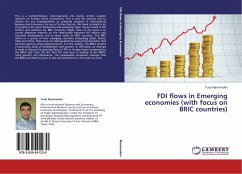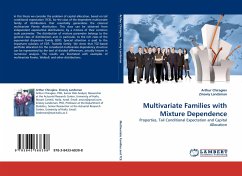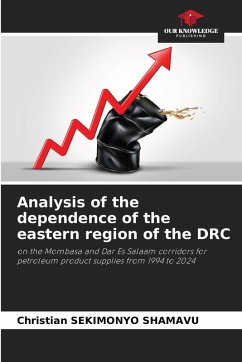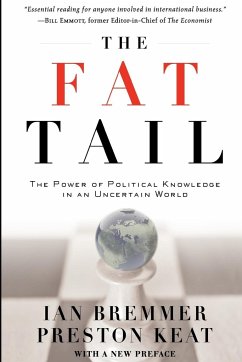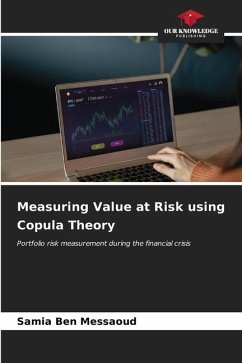
Copula modeling of tail dependence in the BRIC countries
Implications for value-at-risk and expected shortfall
Versandkostenfrei!
Versandfertig in 6-10 Tagen
32,99 €
inkl. MwSt.

PAYBACK Punkte
16 °P sammeln!
This paper tests for differences between Value-at-Risk (VaR) and Expected Shortfall (ES) estimates from a euro-investor perspective. Using a copula approach compared to normality assumptions for the BRIC stock markets, using data between January 2007 and December 2010. VaR and ES are estimated using standard normality assumptions and with the use of copulas in which first the markets marginal distributions are estimated, after which the right copula for the indicated dependence between markets is determined based on maximum likelihood and Kendall s tau estimates. Employing Monte Carlo simulati...
This paper tests for differences between Value-at-Risk (VaR) and Expected Shortfall (ES) estimates from a euro-investor perspective. Using a copula approach compared to normality assumptions for the BRIC stock markets, using data between January 2007 and December 2010. VaR and ES are estimated using standard normality assumptions and with the use of copulas in which first the markets marginal distributions are estimated, after which the right copula for the indicated dependence between markets is determined based on maximum likelihood and Kendall s tau estimates. Employing Monte Carlo simulation, this research finds that daily VaR estimates can be as much as 1.73% higher for those based on copulas. This effect is mainly caused by the presence of tail dependence in the markets under research. Similarly, ES estimates differ up to 4.19%. This research therefore indicates that risk measures based on normality assumptions severely underestimate risk in these markets due to their inability to take tail dependence into account.



